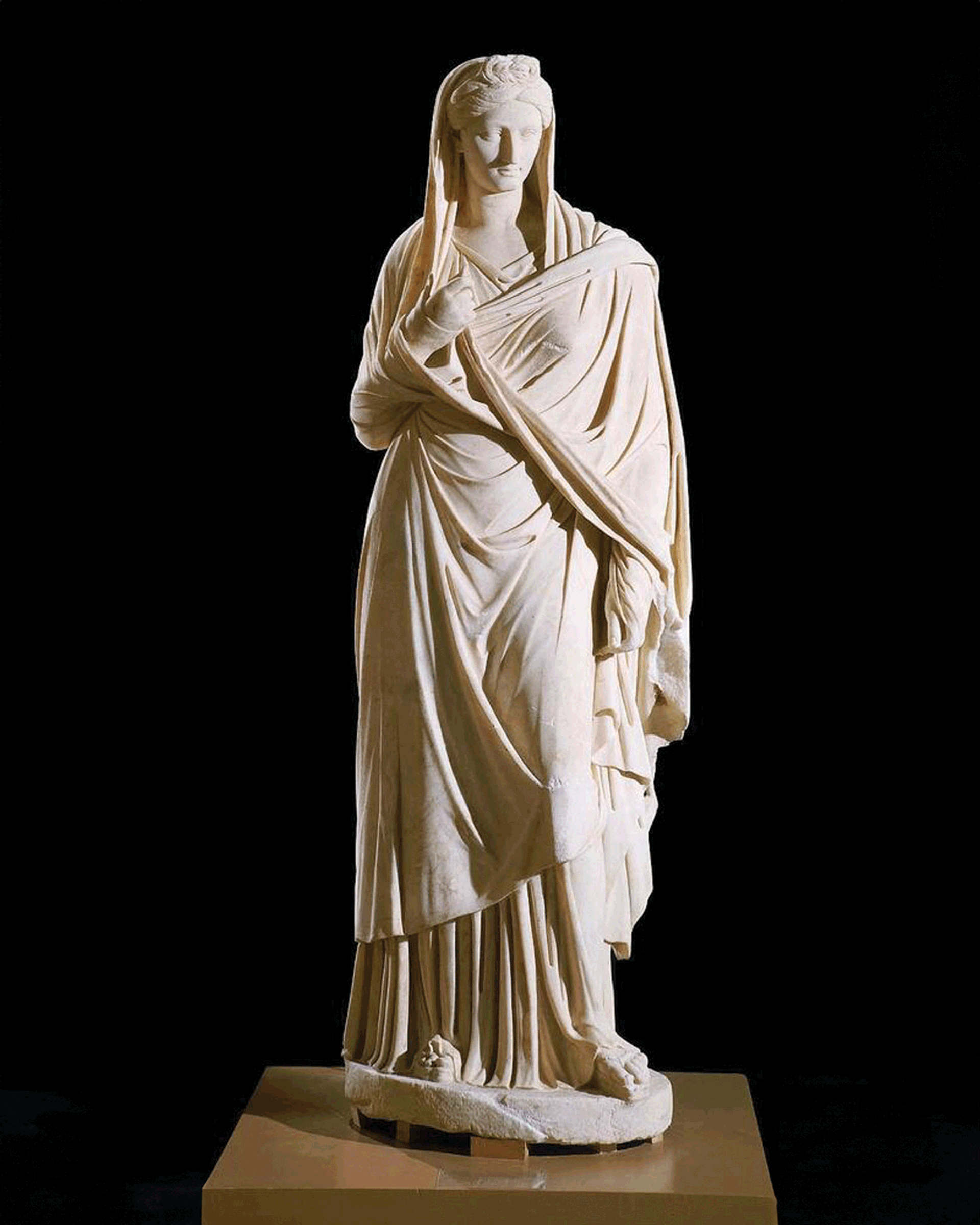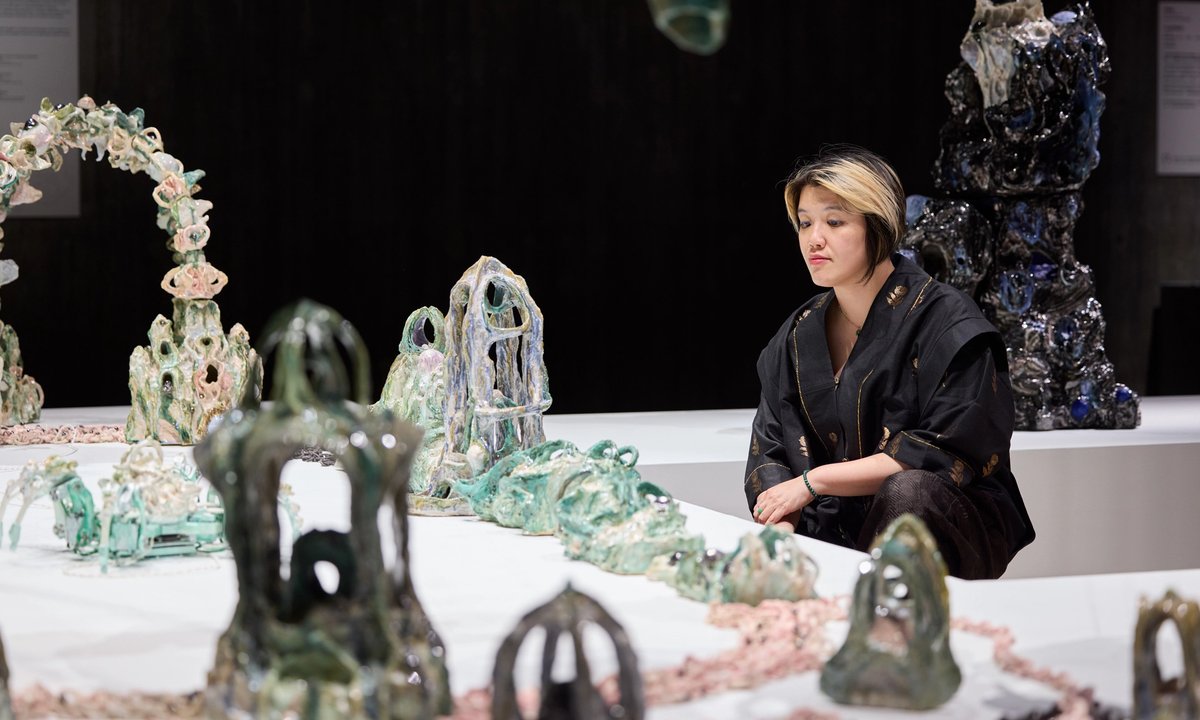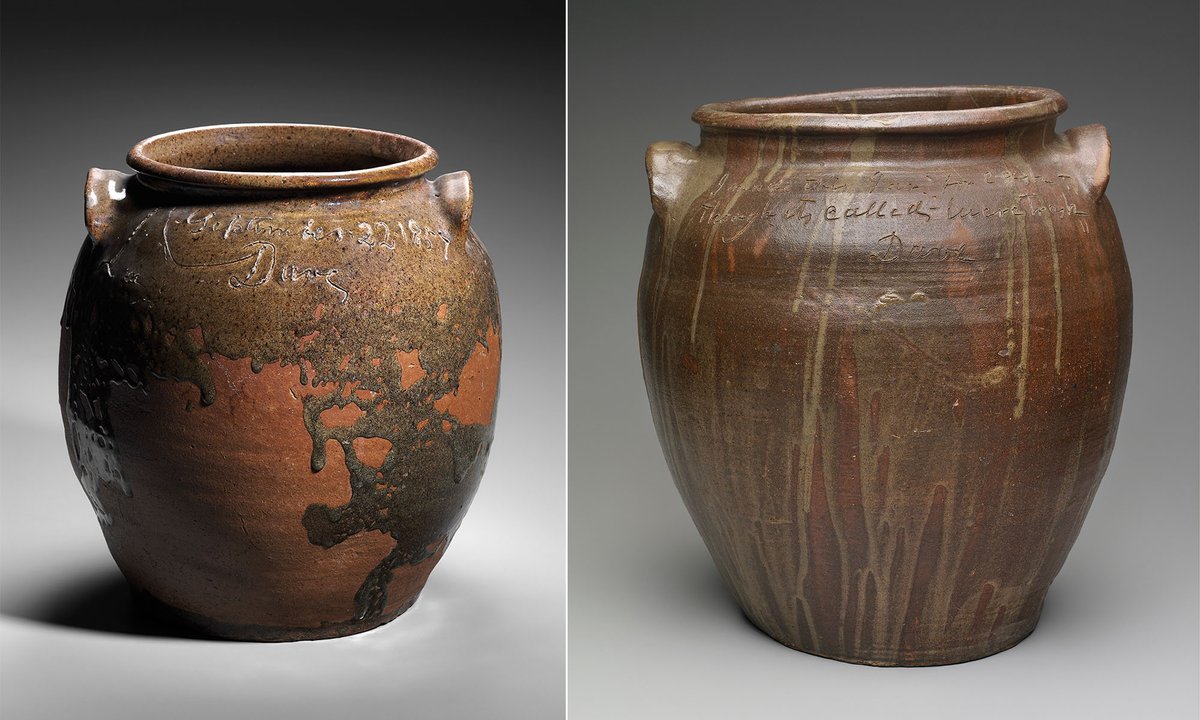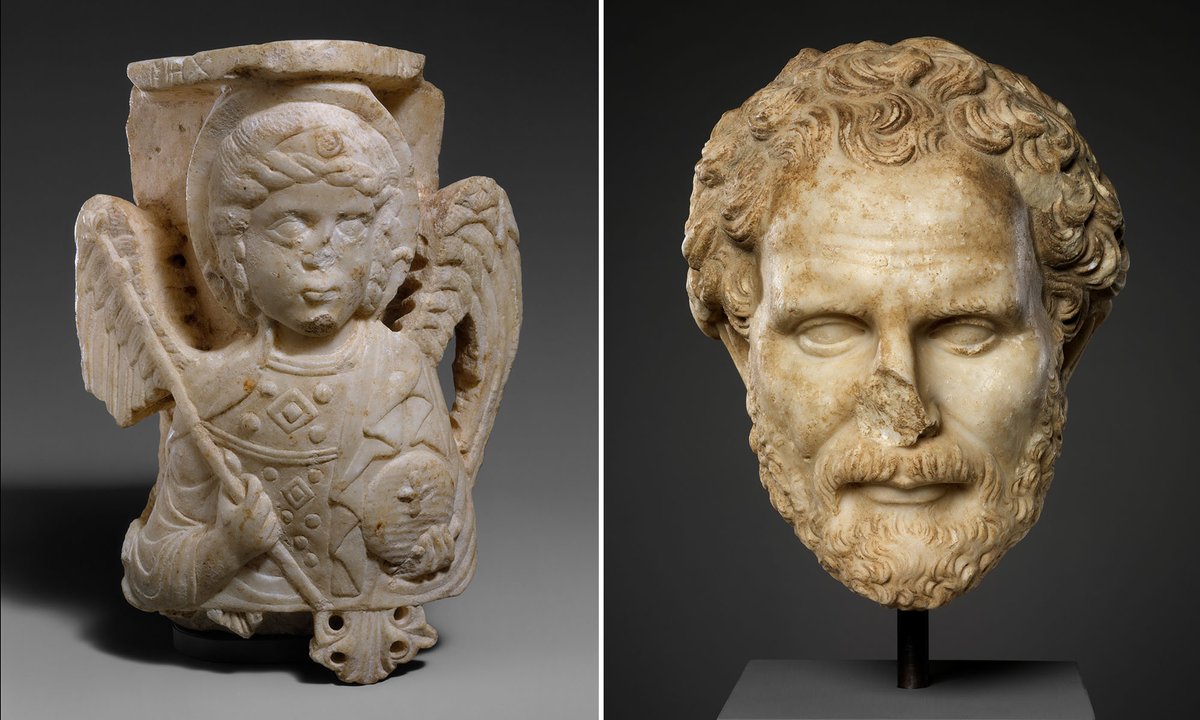It seems every day there is a new story about an antiquity making its way from a museum back to its place of origin. In New York alone, major institutions like the Metropolitan Museum of Art routinely stage official repatriation ceremonies, proudly inviting members of the press, and the Antiquities Trafficking Unit at the Manhattan District Attorney’s Office is constantly combing collections and seizing illegally acquired objects across the US. The phenomenon has even leaked into popular culture in recent years, with everything from the art world’s favourite scene from the 2018 blockbuster movie Black Panther to a recent segment of the comedian John Oliver’s HBO series Last Week Tonight addressing the need for more aggressive repatriation policies.
Although there is no lack of information on individual repatriated works, the larger picture of where they came from and how, who is returning them and why can be lost in the anecdotes. This is where the Museum of Looted Antiquities (Mola) comes in—a new digital platform that traces not only the histories of specific repatriated objects but also compiles metadata in order to better understand smuggling networks and the museum industry’s intensifying repatriation efforts.
It’s about disrupting trafficking networks and making it more difficult
for them to operateJason Felch, Museum of Looted Antiquities
“I’ve been collecting repatriation data for nearly 20 years, and I thought it should be a public database,” the founder of Mola, Jason Felch, tells The Art Newspaper. “It’s a labour of love for me.” Felch was a longtime investigative reporter for the Los Angeles Times and a co-author of the 2011 book Chasing Aphrodite: The Hunt for Looted Antiquities at the World’s Richest Museum (about the J. Paul Getty Museum). “I was writing about repatriation all the time and wanted to go from the anecdotal to analysing data and understanding trend lines,” he says.
Officially launched over the summer, Mola is a museum in its most fundamental sense—a collection of art on public view as an educational tool for a broad audience, as well as a repository of information for researchers in the field. (Felch also set up a non-profit umbrella to garner financial support and apply for grants.) Mola defines “looted antiquities” as those “illegally excavated, taken during colonial conflicts, stolen from documented collections or removed without permission from Indigenous communities” and trafficked through the art market. Most of the artefacts are more than 100 years old, and in order to be added to the database, repatriations must have taken place since 1950. The database includes not just what might traditionally be considered antiquities but also Native remains formerly housed in museum collections. For Mola, the importance of the objects to their cultures of origin is the most significant factor.
More than a million objects
Mola’s database contains more than 860 repatriation cases totalling more than a million objects, about 100 of which are currently on view. These numbers are growing both as repatriations continue to take place and thanks to Mola’s worldwide community of art historians, archaeologists and researchers submitting the details of cases both well-known and obscure. For example, the Buddhist-art expert Angela S. Chiu contributed the lengthy history of an 11th-century sculpture that the Met recently returned to Thailand—a case she was personally involved in. There is a peer-review process for all submissions, and when new objects are posted, sources of information are clearly delineated.
Felch sees Mola as “filling an important gap” in publicly available facts on repatriated works. Museums may delete the records of returned objects from their websites (Mola citations often include links to now-defunct pages preserved on the Internet Archive), exclude previous auction and sale prices in their announcements or be generally cagey about providing complete information as to how the objects found their way to the institutions in the first place. And although Felch commends recent transparency efforts when it comes to looted objects at institutions like the Met and the Museum of Fine Arts, Boston, “if I thought this was comprehensive, we wouldn’t have launched this project”, he says.
In terms of the metadata Mola compiles, perhaps the most significant set relates to the true size of the black market for stolen antiquities. “We’re collecting financial data for the first time,” Felch says, noting that estimates as to the breadth of the illicit antiquities trade have varied widely for lack of concrete numbers. Mola has documented $1.6bn worth of looted antiquities in its own dataset ($1.3bn of which was repatriated from the US) with an estimated total value of $2.5bn—many objects lack official financial documentation, hence the estimate. “The US is both the biggest collecting country and the biggest market country,” Felch explains. “And now there are aggressive law-enforcement networks and increased journalistic scrutiny.”

The trafficked Statue of Sabina was returned to Italy by the Museum of Fine Arts, Boston in 2006
Courtesy of the Museum of Looted Antiquities
Disrupting trafficking networks
Due to sensitive information relating to still-active antiquities traffickers and the like, some of Mola’s data will not be made public on its website—another way it acts as a traditional museum, with a share of its collection hidden away “in storage”—but researchers of all kinds are welcome to request access to files about specific objects. “I’m in frequent touch with law enforcement, researchers and collectors, and I’m happy to help find records about particular cases.” Felch says. “It’s a valuable repository.”
Mola’s goal is to eventually house comprehensive records of all repatriations since 1950, uncovering webs of smugglers whose names and affiliations can be used to identify more looted works in institutional collections. “It’s about disrupting trafficking networks and making it more difficult for them to operate,” Felch says. He adds that Mola has already been contacted by specialists in Nazi-looted art who hope to start an encyclopaedic database similar to Mola’s, where all of the information is in the same place and these kinds of larger connections and patterns can be seen more easily.
Equally important to the data that Mola compiles is the interdisciplinary community it creates in the process. “Collaboration is part of the advantage, and this can’t be overstated,” says Katherine Davidson, a member of the Mola team and a PhD candidate in anthropology at Carleton University in Ottawa. “There’s no other project like ours—of open-source data with a global scope of the antiquities trade.”
A specialist in public and community archaeology and the trafficking and return of human remains, Davidson sees Mola as part of “the reconciliatory project that is repatriation”. She particularly values the focus on returned artefacts rather than on those that are still missing. “It sets a good example,” she says. “It’s a monumental event to repatriate objects, and people don’t know how to go about doing it. Repatriation is the start of a relationship between a museum and a community, not the end of one.” For instance, she notes that it was “so much more meaningful” when, after the Museum of Ethnography in Stockholm repatriated a totem pole to the Haisla people in Canada, master craftsmen from the community not only created a replacement for the returned object but also travelled to Sweden to show museum visitors the carving process.
“Repatriation stories are feel-good stories,” Davidson says. “And so far this year, there have been about 70 repatriations—the largest number in a single year according to our data.”







